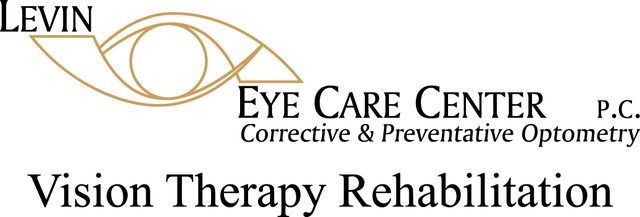Aging brings many changes, and our eyesight is no exception.
As we grow older, our vision can transform in various ways, from minor alterations to more serious conditions that could impact our quality of life. Recognizing these changes early is key to managing and mitigating potential issues effectively. Regular eye exams become increasingly important as we age, not only to address common adjustments but also to tackle more significant challenges that may arise.
Typical Vision Changes with Age
As we grow older, several common visual changes may occur, which while often inconvenient, are generally manageable:
- Dulled Color Perception: Over time, the vividness of colors may diminish, with hues often appearing less bright or slightly yellowed due to aging processes in the eye.
- Reduced Tear Production: With age, the eyes may produce fewer tears, leading to symptoms of dry eyes. Adequate tear production is essential for maintaining eye health and ensuring clear vision.
- Increased Need for Light: Older eyes often require more light for optimal vision, especially for tasks like reading or detailed work.
- Presbyopia: Starting around age 45, many individuals experience presbyopia, a common age-related condition that makes focusing on close objects difficult. Solutions such as reading glasses, bifocals, or progressive lenses can significantly improve this condition.
- Heightened Sensitivity to Glare: As we age, sensitivity to glare, especially while driving, can increase. Polarized lenses are an effective way to reduce this glare and enhance visual comfort.
Serious Vision Threats Associated with Aging
While many age-related vision changes are more nuisances than dangers, aging remains a significant risk factor for several severe, sight-threatening conditions. These include:
- Retinal Detachment: This occurs when the retina pulls away from its normal position, which can lead to permanent vision loss if not promptly treated.
- Macular Degeneration: A leading cause of vision loss among older adults, this condition affects the central part of the retina, impairing detailed vision.
- Diabetic Retinopathy: This complication of diabetes can lead to progressive damage to the retina, resulting in deteriorating vision or blindness.
- Glaucoma: Often associated with increased pressure inside the eye, glaucoma can lead to damage to the optic nerve and vision loss.
- Cataracts: Characterized by clouding of the lens, cataracts commonly develop with age and can diminish clarity of vision.
Though some of these conditions cannot be reversed, modern advancements in medical treatments and technology have significantly enhanced the management options and outcomes. The importance of early detection cannot be overstated, highlighting why regular eye exams are crucial as we age.
Proactive Steps for Eye Health Preservation
Beyond regular eye exams, there are effective strategies you can employ to maintain optimal eye health. Wearing UV-blocking sunglasses when outdoors, regardless of the season, is a crucial preventative measure. Embracing a healthy lifestyle can also make a significant difference. This includes engaging in regular physical activity, eating a diet rich in eye-friendly nutrients, and avoiding harmful habits such as smoking, all of which can help ward off eye diseases and contribute to overall health.
For those who experience eye discomfort from prolonged screen time, adopting the 20-20-20 rule can be beneficial. This involves taking a 20-second break to look at something 20 feet away every 20 minutes of screen use. This simple practice can help reduce eye strain and discomfort, promoting healthier, more comfortable vision.
Dedicated to Your Vision Health Throughout Your Life
We strongly emphasize the importance of annual eye exams, especially for those aged 40 and above. If it’s been over a year since your last eye check-up, we urge you to make an appointment with us. Ensuring your vision remains in top condition is our utmost priority, and we are committed to delivering the highest standard of care.

